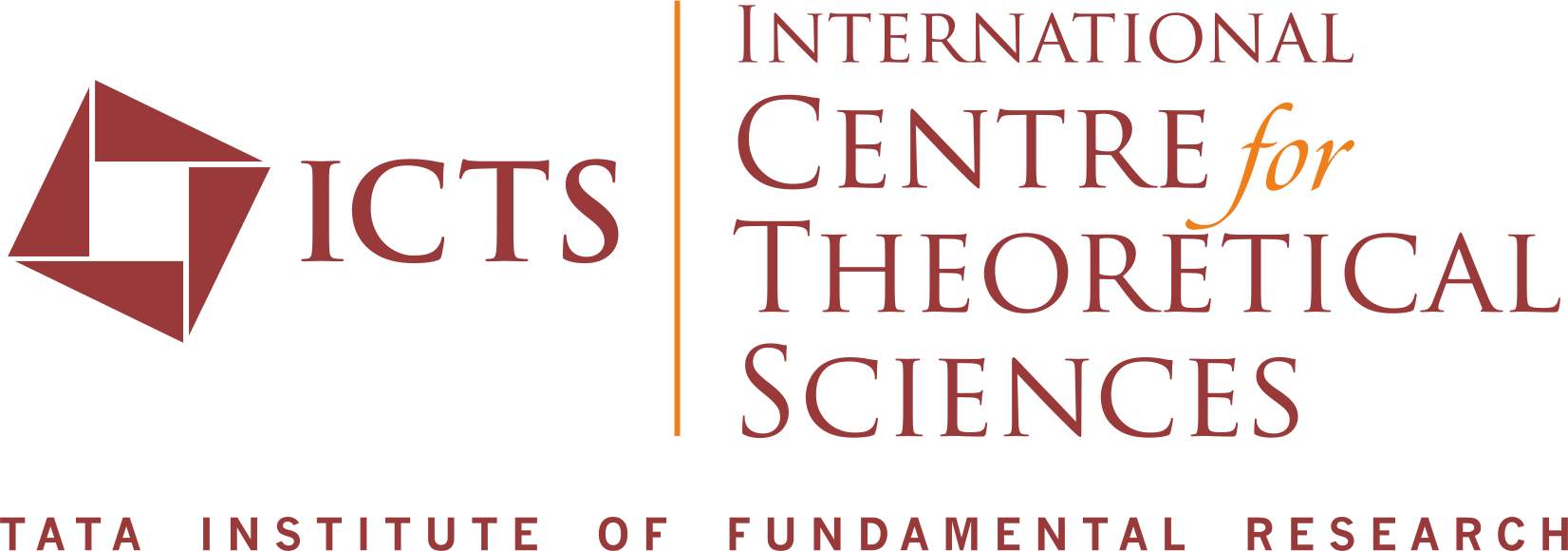To account for the nonlocal interactions in a Bose-Einstein Condensate (BEC), an addition of a minimal correction term to the standard Gross-Pitaevskii model effectively can make the healing length $\xi$ decrease more rapidly with the increase of s-wave scattering length a. From emergent gravity perspectives, this shrinking of $\xi$ via tuning a through Feshbach resonance, in principle, does make the short-wavelength (i.e. high energy) regime more accessible experimentally. The effects of the Lorentz-breaking quantum potential term in the BEC-dynamics on independent multiple scales can be captured through a UV-IR coupling of the phonon-excitation-modes with the emergence of the massive minimally coupled free Klein-Gordon field. On a (3+1)D flat spacetime, the presence of the mass term gives a hint to cure the IR divergences. The analysis was extended for a canonical acoustic black hole on a (3+1)D curved spacetime through presenting an emergent gravity model up to order (xi^2) accuracy. In our formalism, we showed to retrieve the lost information regarding the originally Hawking radiated quanta in a (3+1)D canonically curved background.
Seminar
Speaker
Supratik Sarkar (Indian Institute of Science Education and Research, Pune)
Date & Time
Thu, 21 December 2017, 10:00 to 11:00
Venue
Emmy Noether Seminar Room, ICTS Campus, Bangalore
Resources
Abstract

